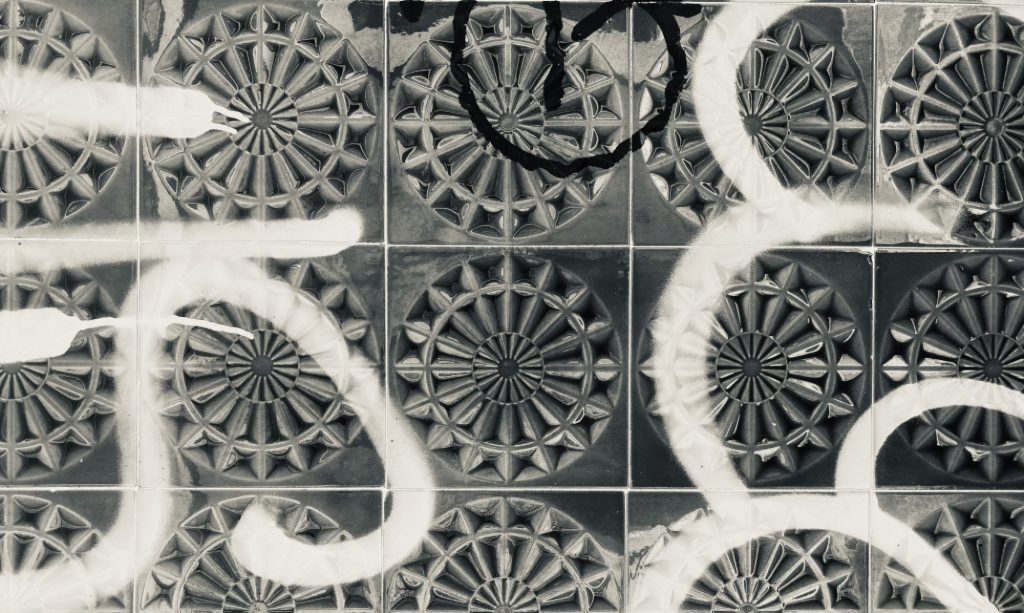Object Reading
Timed Session Plan
- Overview, Background, and Instructions: 5 minutes
- Individual Reflection on Object Using Prompts: 5 minutes
- Facilitated Group Reflection: 10 minutes
Session Overview
This activity focused on reading objects and reflecting on experiences with them.
The exercise was based on Jules Prown’s object-based learning methodology (Prown, 1982) which views objects as raw data for studying material culture. Prown’s structured approach consists of three stages: description, deduction, and hypothesis, providing a framework for systematically analysing objects. This activity aims to build on Prown’s methods by incorporating human-centred design approaches to simultaneously develop qualitative understanding of people’s experiences with designed products.
Key Decisions
The original iteration of this activity was developed without knowledge of Prown’s method. It aimed to examine products, their features, and our relationships with them, but lacked a clear theoretical underpinning. It explored both qualitative and quantitative aspects of objects to foster a human-centred critique of human-object interactions.
After learning about Prown’s methodology, I realised that my original approach shared surprising overlaps with his structured process. His theory provided a clear framework to support and refine my activity. I adapted Prown’s three-stage approach, modifying his questions to include human-centred design perspectives, encouraging participants to reflect on use, experience, and emotional connection.
The key aims of this revised activity were to:
- Introduce object reading methods.
- Help students critically analyse objects from social, cultural, and technological perspectives.
- Expand existing methods by integrating human-centred design approaches.
Session Recap
Participants chose an object—either their own or one provided—and used a worksheet (Figure 1) containing background information, instructions, and prompts. The object was placed at the centre of the worksheet, and participants reflected individually before engaging in a facilitated discussion.
This was my first time running the exercise, and I quickly realised the difficulty of facilitating a discussion around multiple artefacts simultaneously, especially within the limited time frame. While I followed the session plan, I now see how adjustments could improve collaboration and discussion.
Outcomes



Reflections
I feel more comfortable introducing an activity with a short presentation, as it helps me pace and mentally organise content delivery. Initially, I avoided slides due to time constraints, but after seeing other microteaching activities effectively use slides, I believe a brief theoretical introduction using slides could have provided better context before participants engaged with the worksheet. However, some participants appreciated the slide-free, hands-on format, so this alternative approach was still valuable to test.
Facilitating the discussion proved challenging. Participants reflected on the object-reading stages in different orders. For example, some began with Description and others with Deduction. Additionally, many answered the questions one-by-one sequentially, rather than reflecting on prompts. This was due to unclear instructions at the start.
The most useful participant feedback was the suggestion that the group would have liked to analyse a single object together. I agree, and this adjustment would help me facilitate structured discussion and group co-reflection, ensuring everyone progresses through the object analysis stages together. Instead, I found myself uncertain about how and when to guide the conversation, as participants were at different points in their analysis and reflection.
Focusing on one shared object first would not only improve facilitation but also encourage more dynamic discussions, as diverse interpretations could spark richer dialogue. While participants, at the end of a long day, appreciated the slower and reflective pace of the session, I was inspired by the energy and creativity of other microteaching activities. I aspire to design learning experiences that are both fun and thought-provoking.
In conclusion, the activity successfully prompted valuable reflections and discussions. However, in a longer session, I would begin with a group reading of one object, before transitioning to individual object analysis. This structured progression would support collective learning while fostering independent critical thinking.
References
Prown, J.D. (1982) ‘Mind in Matter: An Introduction to Material Culture Theory and Method’, Winterthur Portfolio, 17(1), pp. 1–19.
